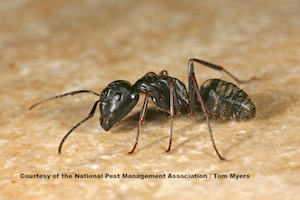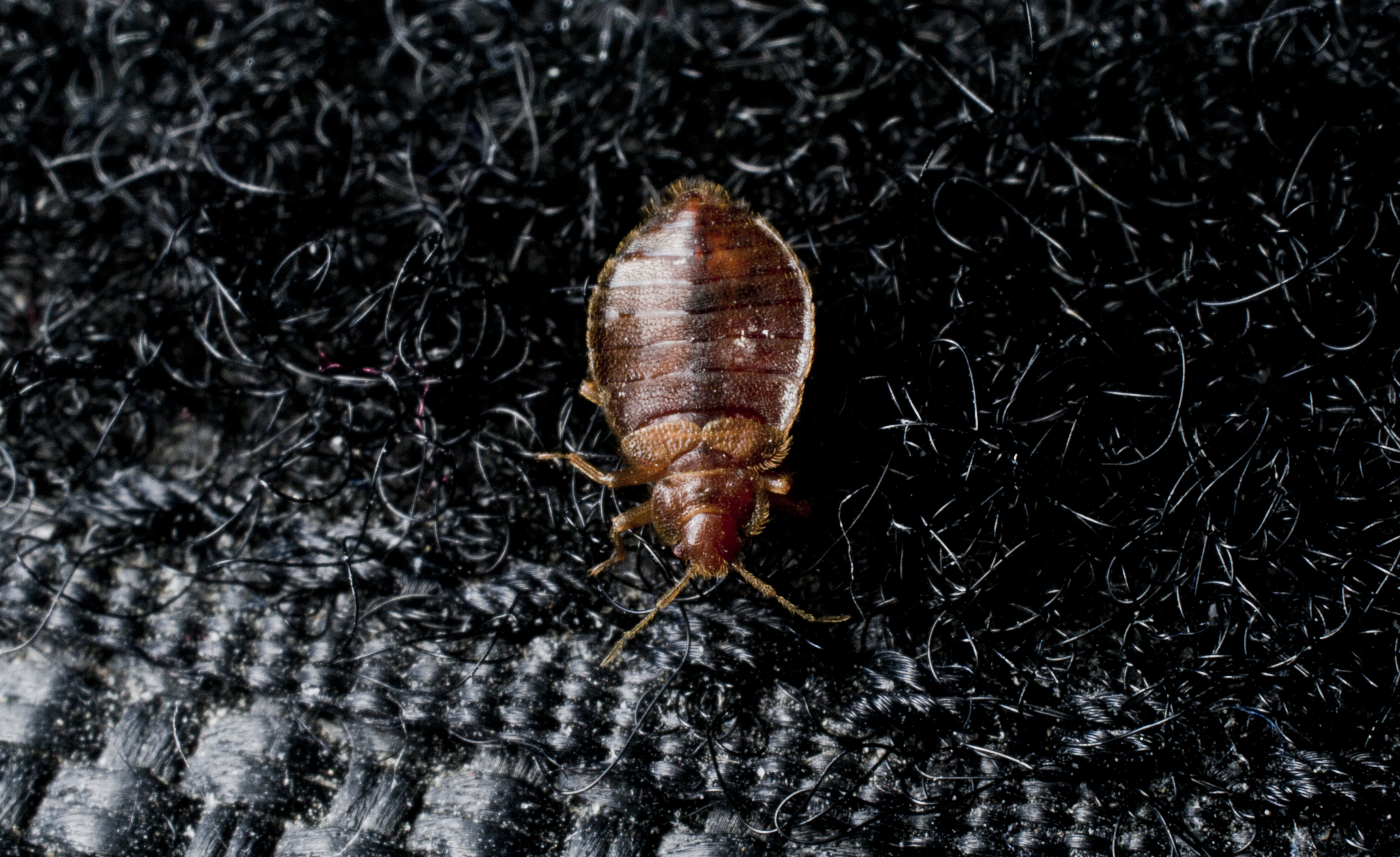Could Your Home be at Risk for Termites?
Chomp, chomp, chomp. You would never be able to hear it, but at this very moment thousands of termites could be eating away through your home - unseen and unknown until it's too late. Termites are known as "silent destroyers" because of their ability to chew through wood, flooring and even wallpaper undetected. As a result of their stealth nature, termites cause $5 billion in property damage each year. Damage, which is typically not covered by homeowners' insurance.
As the ground warms in spring, termites, much like every insect in nature, begin stirring and coming out of their overwintering spots in search of food. In the case of termites, they are looking for new structures to settle their million member colonies. Before a colony finds an appropriate structure, their search team will investigate available options.
Swarmers are winged young queen and king termites that show up inside homes in early spring and are typically the first sign of a termite problem. Because they can be mistaken for flying ants, many homeowners may dismiss them as such and leave a potential termite infestation untreated. Discarded wings near windowsills and doors signify that swarmers have already found their way in.
Common Types of Termites
Termites are present in 70 percent of countries across the world and their population outnumbers human beings on a ratio of ten to one. The most common termite species found in the United States are subterranean termites, Formosan termites, dampwood termites, drywood termites.
Subterranean termites live in underground colonies or in moist secluded areas aboveground that can contain up to 2 million members. They build distinctive "mud tubes" to gain access to food sources and to protect themselves from open air. Subterranean termites are by far the most destructive species of termite as they eat 24 hours a day, seven days a week. This ravenous eating can severely compromise the structural stability of a home as they chew their way through important support beams.
Formosan termites are found in Hawaii, North Carolina, South Carolina, Georgia, Virginia, Texas, Louisiana, Alabama, Florida, Tennessee, South Carolina and California. This species, originally from China, is the most voracious, aggressive and devious of termite species. Formosans are organized into massive underground colonies, building intricate mud nests inside the walls of a structure. Because of the size of their colonies and their aggressive nature, Formosan termites are difficult to control once they infest a structure.
Dampwood termites are found along Pacific coastal and adjacent states, the desert or semi-arid southwest, and in southern Florida. Unlike subterranean termites, dampwood colonies do not forage in the soil and they require higher humidity and regular contact with water. Because of their specific water requirements, these termites are most often found in trees and structures that have direct water to wood contact, such as a leaky roof or wooden siding.
Drywood termites are primarily found along the coastal areas from South Carolina westward to Texas and along the west coast of California. Unlike some other termite species, drywood termites infest dry wood such as attic framings and do not require contact with the soil. Because drywood termites form new colonies by gaining access to wood through small holes, seal all cracks and crevices in a structure.
Termite Prevention Tips
Regardless of the species, termites are destructive and can cost you lots of money in unexpected home repairs if left to their own devices. Here are a few tips to prevent termites from wreaking havoc on your home:
- Seal cracks and holes on the outside of the home including entry points for utilities and pipes.
- Keep basements, attics and crawl spaces well ventilated and dry.
- Repair leaking faucets, water pipes and AC units which are on the outside of the home.
- Repair fascia and soffits and rotted roof shingles.
- Replace weather stripping and repair loose mortar around basement foundation and windows.
- Store firewood at least 20 feet away from the house and 5 inches off the ground.
- Routinely inspect the foundation of your home for signs of mud tubes (used by termites to reach a food source), cracked or bubbling paint and wood that sounds hollow when tapped.
- Direct water away from your house through properly functioning downspouts, gutters and splash blocks.
- Keep mulch at least 15 inches from the foundation.
- Monitor all exterior areas of wood, including windows, doorframes and skirting boards for any noticeable changes.
If you suspect a termite problem, contact a pest professional right away who can confirm that a problem exists and determine the best course of action. Termites cannot be controlled with do-it-yourself measures. To find a local, qualified pest professional in your area, visit the PestWorld.org zip code locator.

Learn About Ants
Ants are a common pest homeowners struggle to eradicate. Learn more about them!

Bed Bug Pest Guide
Traveling for the holidays this year? Be sure to keep an eye out for bed bugs! Use our Pest Guide to help identify this pest.

NPMA's What Grows There? Project
Check out NPMA's What Grows There? project to learn how pests, such as flies, cockroaches and rodents, can spread germs throughout a home.
Find a PEST PRO in your area

Learn About Ants
Ants are a common pest homeowners struggle to eradicate. Learn more about them!

Bed Bug Pest Guide
Traveling for the holidays this year? Be sure to keep an eye out for bed bugs! Use our Pest Guide to help identify this pest.

NPMA's What Grows There? Project
Check out NPMA's What Grows There? project to learn how pests, such as flies, cockroaches and rodents, can spread germs throughout a home.
